Iga Ueno Castle: You Can Enjoy Castle and Ninja Experience in Japan
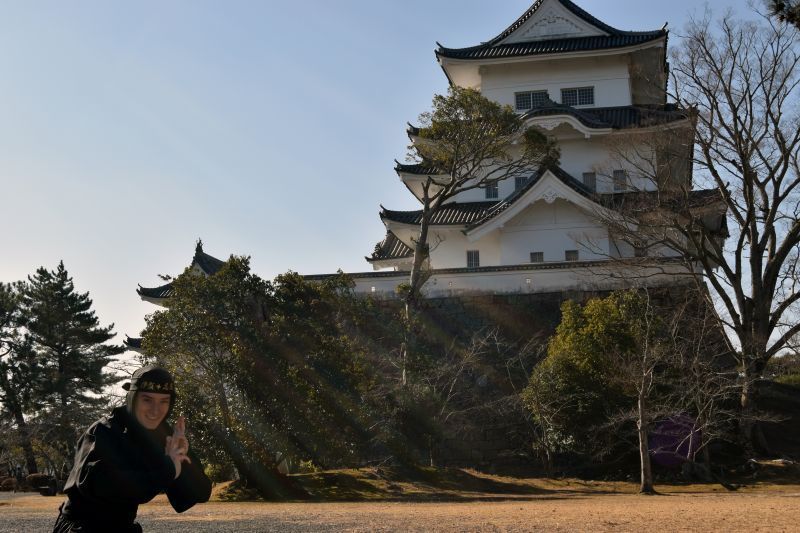
Iga Ueno Castle in Mie Prefecture, also known as White Phoenix Castle, stands atop massive fortifications overlooking the city. At the Danjiri Museum just outside Ueno Park, you can get a ninja outfit for your journey. In the castle, you’ll find a large assortment of artwork, authentic artifacts from the area, armor and helmets, some of which have even seen battle.
Visiting Ueno Park in Iga, Mie Prefecture is a must-do for anyone visiting the region. The Igaryu Ninja Museum is the most hands-on, authentic ninja experience you can get in the 21st century. That initially drew me to Iga City years ago, but there is another shining jewel the park has to offer that can’t be overlooked.
Written by Chad Martin
-Author's Introduction
My otaku side brought me toNagoya, Japan in 2012, but I stayed for the food, countryside towns, andgorgeous mountain scenery. I was born and raised on the east coast of theUS, but I dare say I never grew up. I never shut up about Japan.
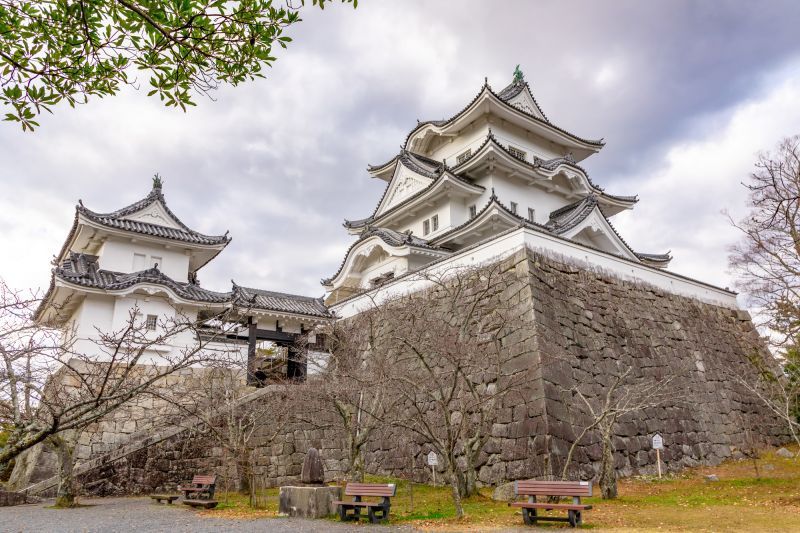
Before approaching the keep, be sure to head to the Danjiri Museum just outside Ueno Park. There you can get properly equipped for your journey. The staff will give you a choice of a red, blue, or black ninja outfit to wear during your time in the park. Do this for yourself. I was so embarrassed at first, but was only met with amazed stares and compliments from locals and other park visitors during my visit. Be not just a ninja, but a ninja celebrity for a day!
After you get dressed, peruse the Danjiri Museum to learn about the Ueno Tenjin Festival. Every year in late October, demons take to the streets in this traditional parade of sorts. The museum is chock full of multimedia displays that whisk you away to the days of yore in old Iga.
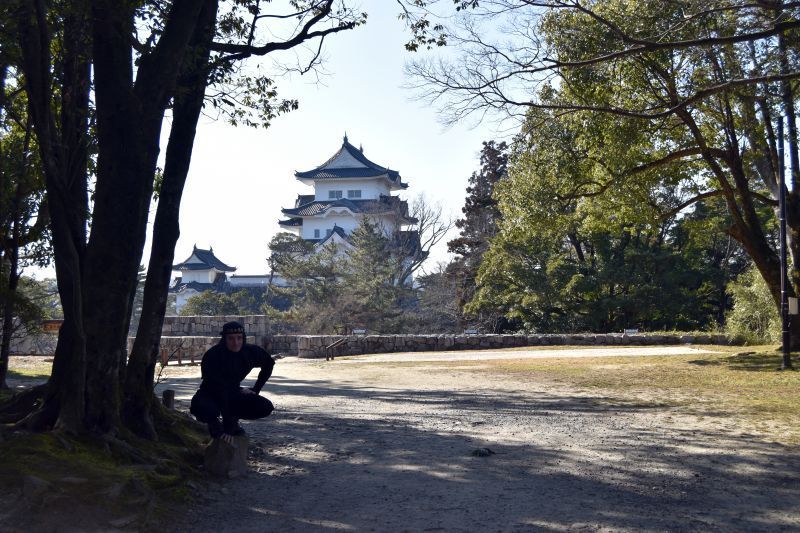
I visited in the early morning. With hardly anyone around except a local man sketching at his easel, the quiet beauty of the landscape seemed to be trapped in a bubble of time. Although jarring to see the modern sprawl filling in gaps between mountains in the distance, the contrast is a great representation of Japan.
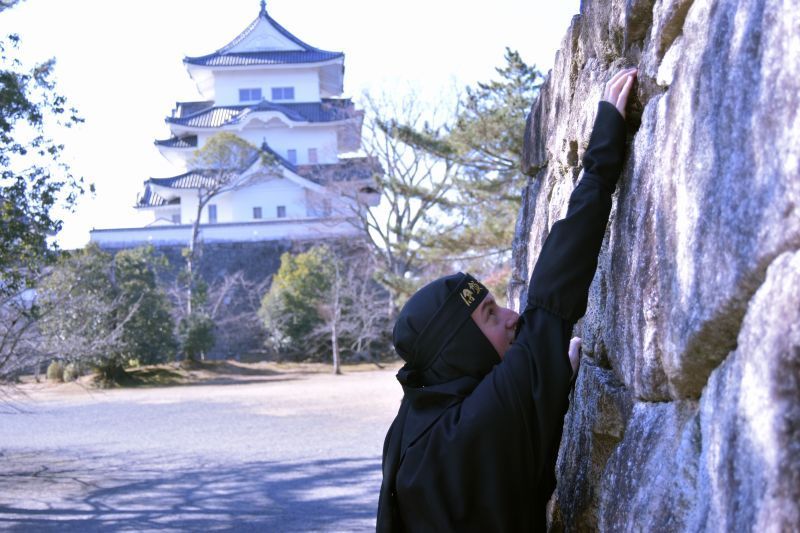
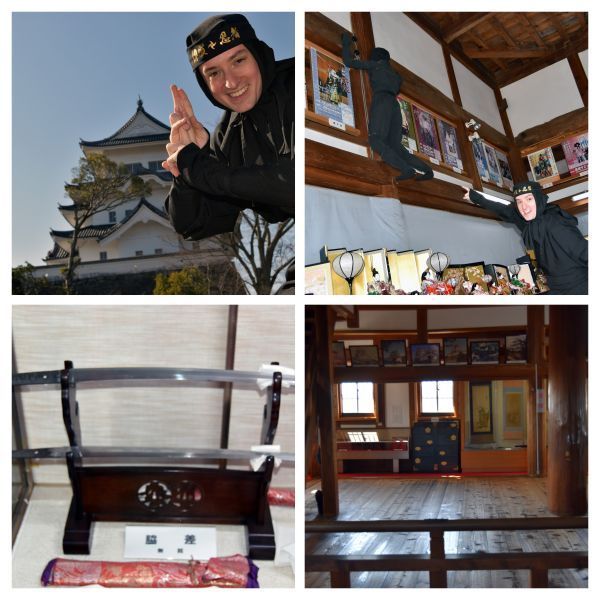
All the annex buildings to the castle, guard posts, etc are long gone. Only the thick stone walls remain. As a matter of fact, the original castle was destroyed by winds in a storm in 1612. The one you see today was faithfully reconstructed in 1935, but you wouldn’t realize it.
Compared to other modern reconstructed castles like Nagoya Castle, Iga Ueno feels old and genuine. With it’s massive wooden timbers, tile roofs, and lack of modern amenities, you get an historically accurate glimpse into what was happening there over 400 years ago.
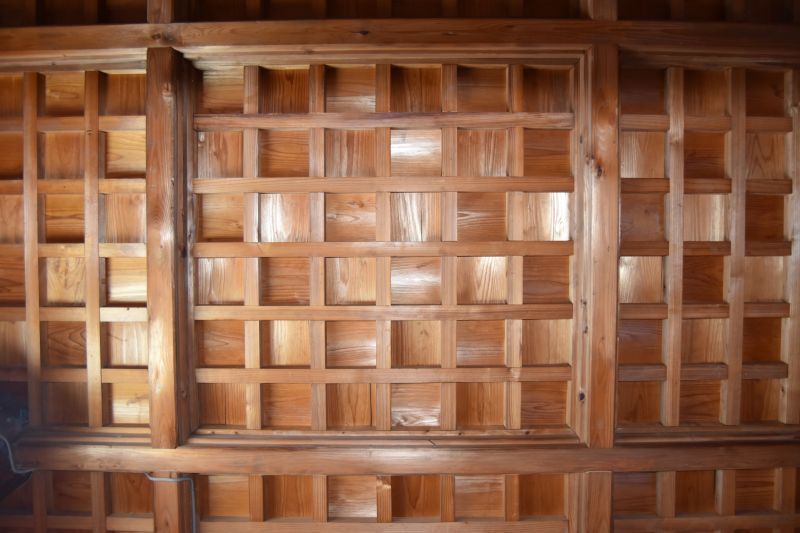
As you head inside the castle, you’ll see that it’s very much a museum inside. On the first floor you’ll find a large assortment of artwork, authentic artifacts from the area, armor and helmets, some of which have even seen battle. For me, the most memorable was a large pot that was actually used by soldiers on a centuries-old battlefield.
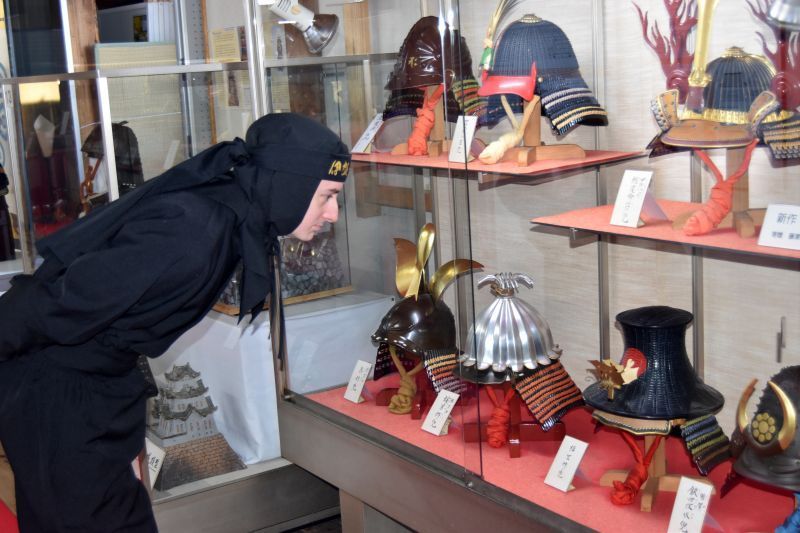
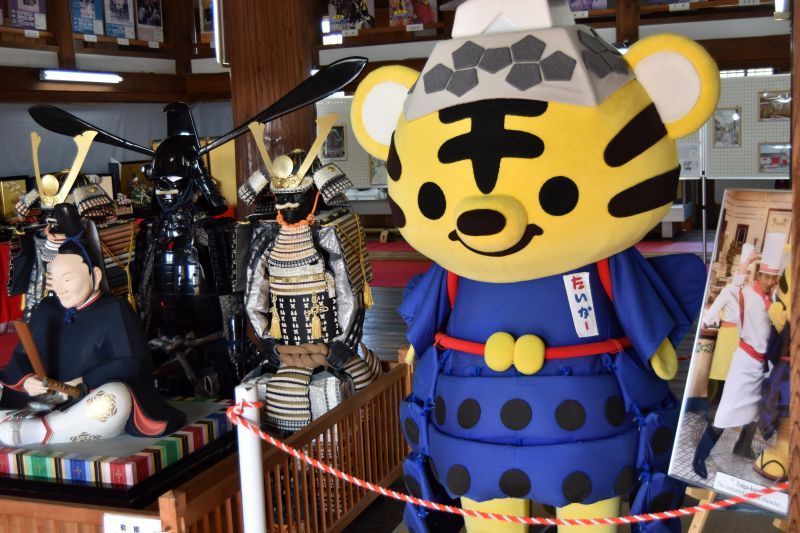
On the second floor, you’ll find some daily life articles that feudal lords used back in the day, such as lacquer dishes and the like.
You’ll also come across a common feature of castles across Japan: a gallery of photos depicting other Japanese castles. I can’t help but go along the line and mentally check off the ones I’ve visited. Ranking them and planning where to go next. How many can you see in one trip to Japan? There are those who feel that if you’ve seen one castle in Japan, you’ve seen them all. Philistines, I say!
Each is unique in its displays, and each bears a uniqueness stamped on it from the culture of the surrounding area. The clans of the feudal area had unique traits still visible through their architecture, artifacts, and what skills they were known for.
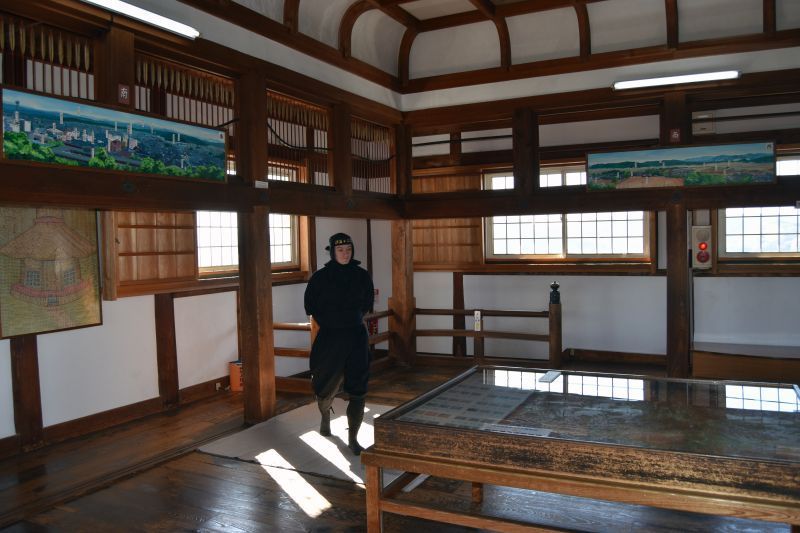
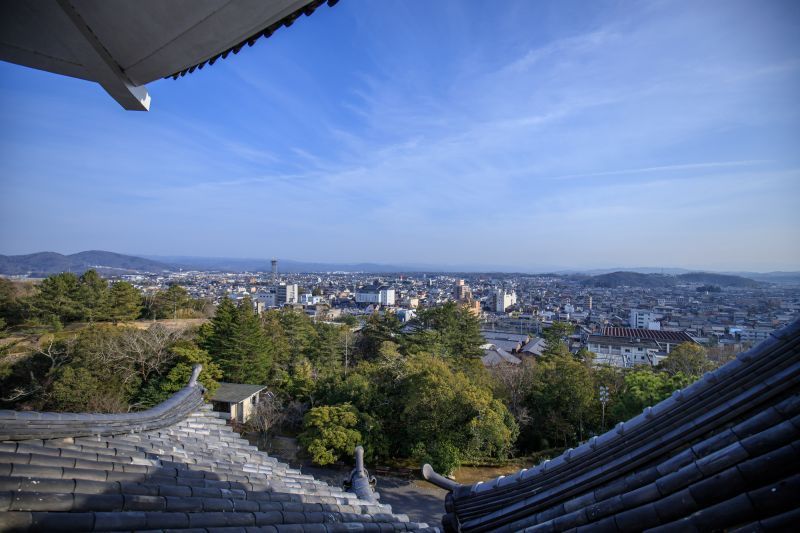
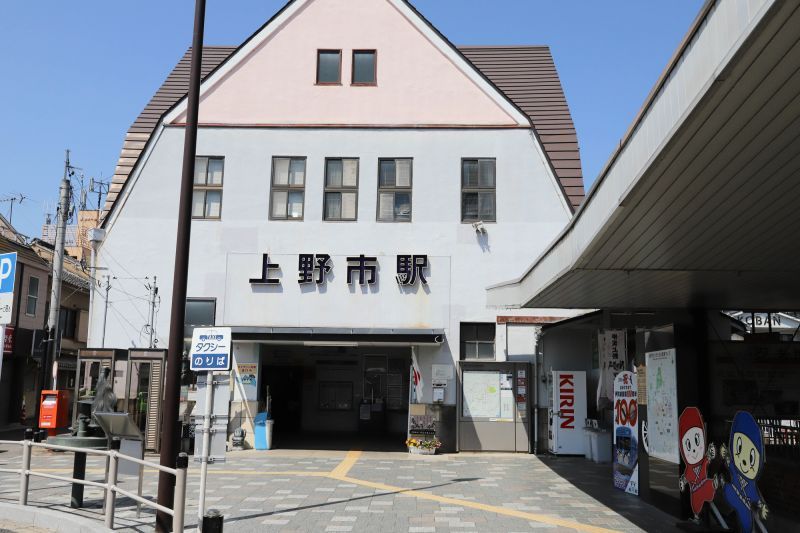
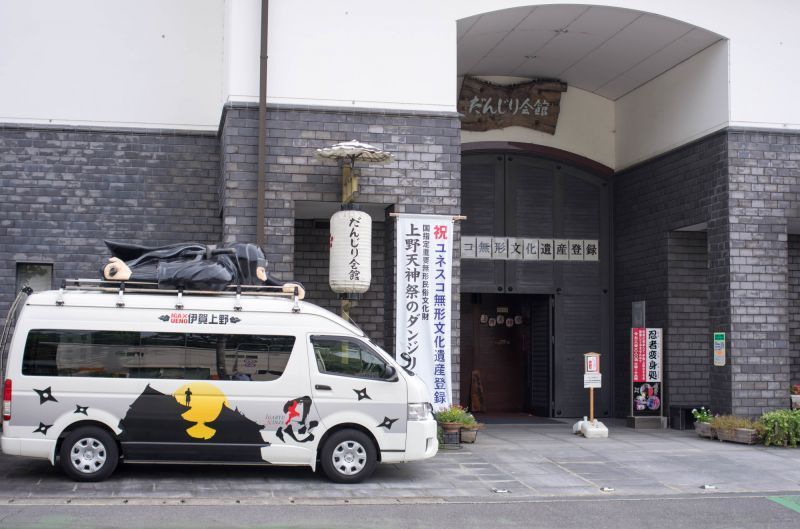
Danjiri Museum
Address: 518-0873, Iga-shi, Ueno Marunouchi, 122-4
Costume Fee: \1,080 / set
Telephone Number: 0595-24-4400 (Danjiri Museum)
http://www.iga-travel.jp/ja/?page_id=83
https://www.igaueno.net/?p=99
Iga Ueno Castle: http://igaueno-castle.jp/?page_id=196